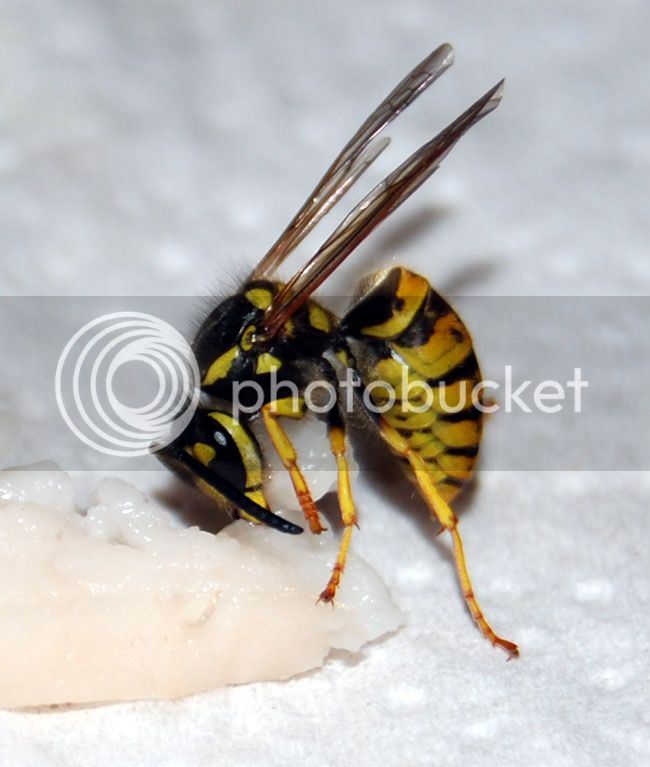On average, 10% of V. germanica colonies overwintered, similar to the 11.3% estimated from nest destruction records for Nelson City in 1988 (Plunkett et al. 1989).
No overwintering V. vulgaris colonies were found in this study. Several overwintered colonies of V. vulgaris have been recorded in New Zealand (Plunkett et al. 1989; D. Leathwick & P. Godfrey unpubl. data), but these were not typical of over- wintered colonies as no queen cells were produced until the end of the second season and only one queen was present.
Frequency of overwintered Vespula germanica (Hymenoptera: Vespidae) colonies in scrubland‐pasture habitat and their impact on prey (Harris 1996)
V. vulgaris appears to have competitively displaced V. germanica (Fabr.) in an invasion front during 1986–87, because of the superior foraging efficiency of the common wasp for honeydew (Harris et al. 1991; Harris, Moller & Winterbourn 1994). Elsewhere in New Zealand both introduced wasp species are widespread.
http://onlinelibrary.wiley.com/doi/10.1046/j.1365-2656.2002.00630.x/full





